What is QD-OLED? The latest TV tech explained
What QD-OLED is and why it matters if you're looking for the best in next-gen TV tech

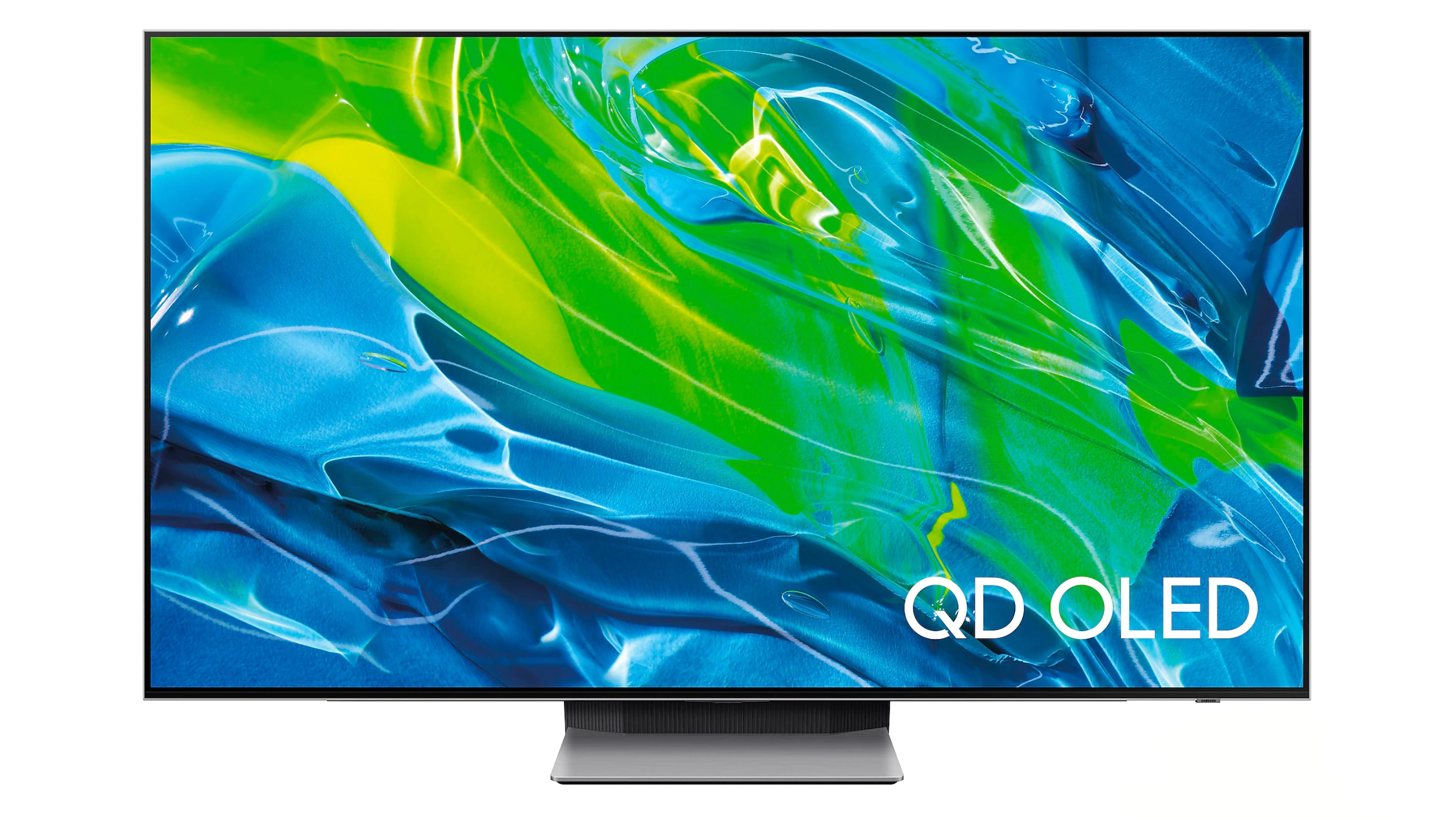
The best OLED TVs and QLED TVs have been competing for our attention over the last few years, with both display types offering superb picture quality thanks to cutting-edge technology making them among the best TVs your money can buy.
OLED uses a self-emissive panel to deliver deep blacks and precise highlights, while QLED adds Quantum Dots and an LED backlight to existing LCD panel technology to produce brighter images and more saturated colours.
But what if you could combine the best aspects of both types of display? Welcome to the wonderful world of QD-OLED. Here's why this next-gen TV technology matters.
QD-OLED: Price and availability
Before we get into the history – as you'll need to learn more about OLED and QLED ahead of QD-OLED's deep dive – can you buy QD-OLED TVs right now? The short answer is yes, absolutely. The leaders among the pack come in the form of Samsung's S95B and Sony's A95K.
But they'll both cost you a fair chunk of change, as you can see in the price comparison widget embedded below. That's for the 55-inch model in each regard, by the way, you'll need to assign more cash if you want a larger model.
What is an OLED TV?
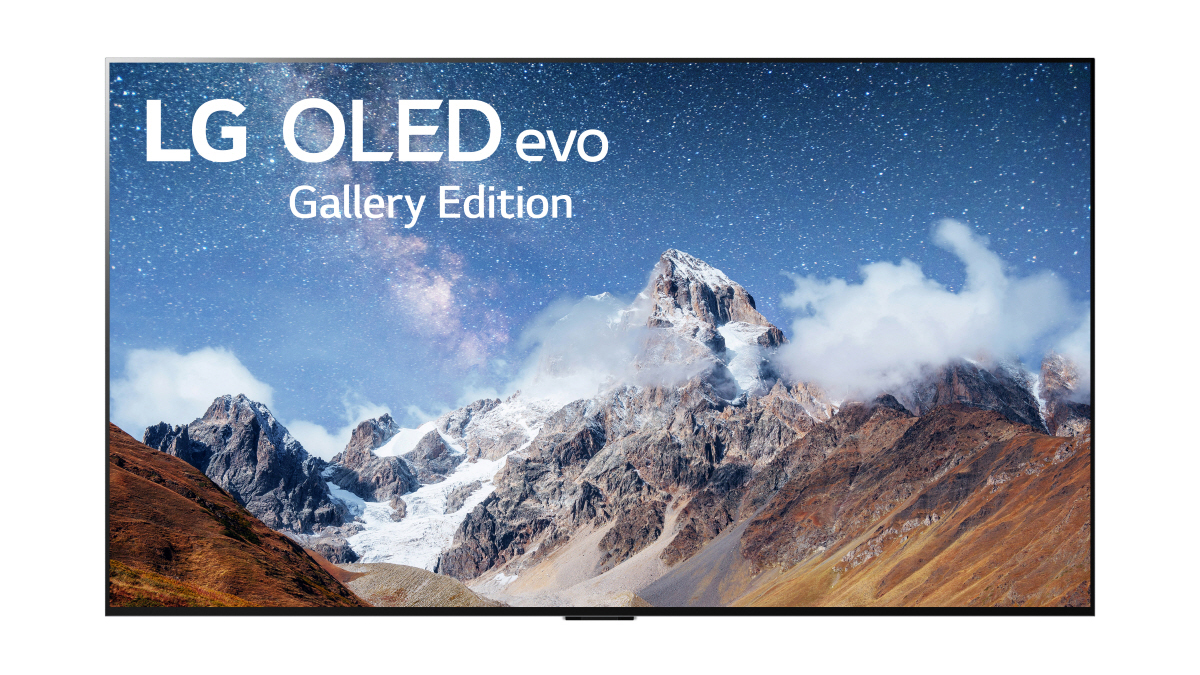
But now back to our history lesson, so you can better understand where QD-OLED is coming from.
OLED stands for Organic Light-Emitting Diode, which uses an electrical component to conduct current through a carbon-based compound, causing it to glow and create light. This makes each 'pixel' in an OLED panel self-emitting, which results in deep blacks and precise specular highlights.
Get all the latest news, reviews, deals and buying guides on gorgeous tech, home and active products from the T3 experts
An OLED TV has a number of other benefits, including thinner designs and wider optimal viewing angles, which means it doesn’t suffer from a drop-off in contrast or colour when viewed off-axis (horizontal or vertical). So no matter where you’re sat in the room, you’ll get the best picture.
However, there are also a couple of possible downsides, because the self-emissive nature of OLED means it can potentially suffer from image retention and even screen burn. This is where a static picture becomes temporarily, or in the worst cases permanently, burnt into the screen.
The other downside is the limited brightness. The best OLED TVs can hit a peak brightness of 1,000 nits and deliver these highlights with pixel precision, but with overall brightness the OLED struggles to energise the entire panel, and the TV’s automatic brightness limiter kicks in.
The best and brightest OLED TV on the market at the time of writing is the LG G2, which we've priced up in the widget below to tempt your OLED desires.
What is a QLED TV?
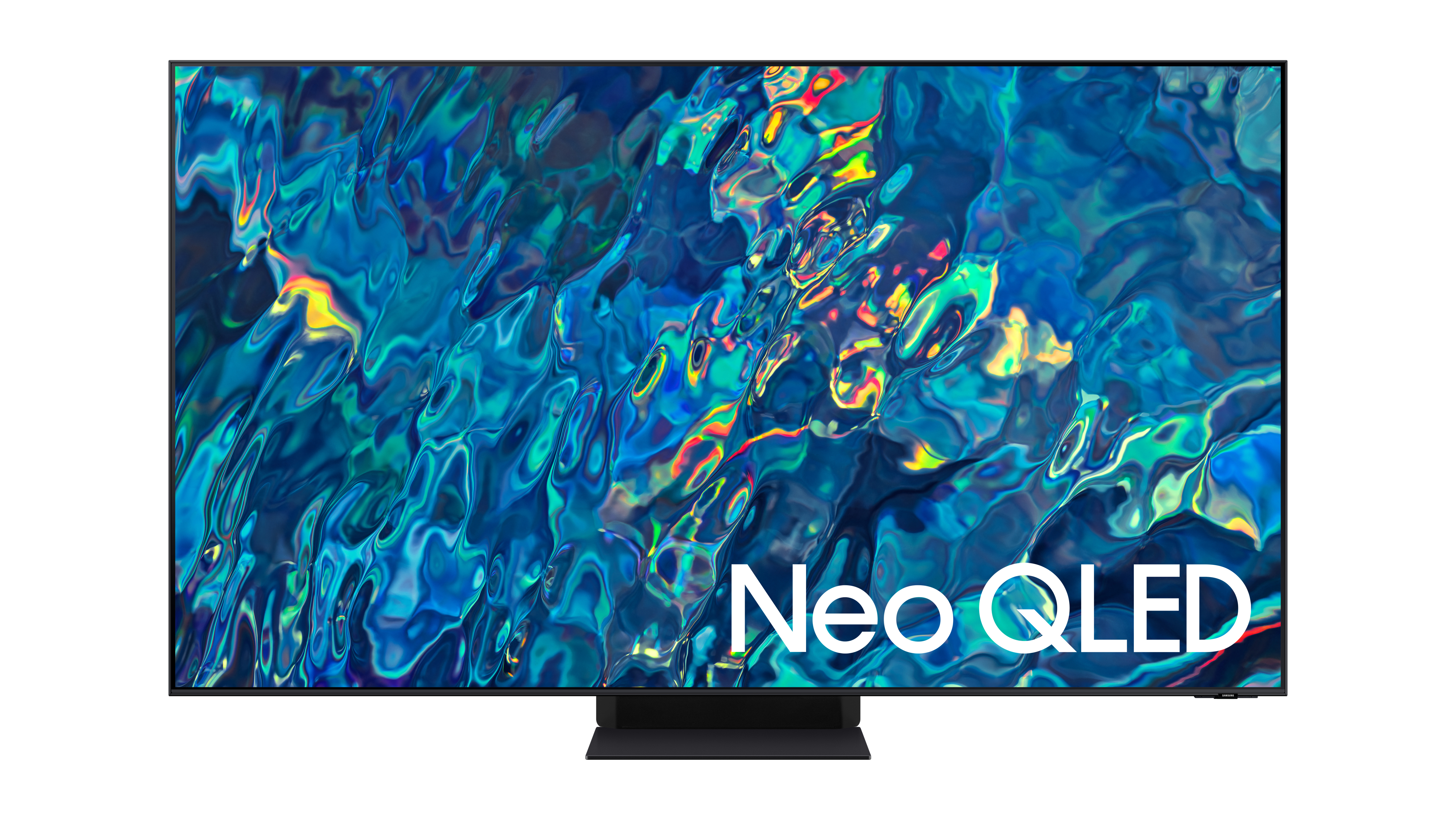
But a QD-OLED isn't just an OLED panel of course. It's a bit like OLED combined with QLED. So what's the latter all about?
A QLED TV is essentially an LCD panel with an LED backlight, which is nothing new as this type of display has been around for years. Any LCD TV uses a panel composed of up to six layers with a backlight, glass substrates containing a liquid crystal layer and then polarising filters.
Where a QLED differs from previous LCD TVs is in the addition of a filter composed of Quantum Dots. These are minute semiconductor particles only a few nanometers wide, and depending on their size, create different colours that are brighter and more saturated.
A QLED TV is therefore capable of delivering wider colours and brighter images, which results in a larger colour volume. They can also produce much brighter highlights and brighter full-screen images, while the use of an LCD panel means there’s no danger of image retention or screen burn.
However, since the backlight has to be passed through an LCD panel, a QLED TV will struggle to deliver deep blacks, even when using local dimming zones. The optimal viewing angles are also usually fairly narrow, with a drop-off in contrast and colour performance off-axis.
The best 4K QLED TV right now is the Samsung QN95B (sometimes QN90B depending on region), which is a Neo QLED capable of delivering even greater brightness still. Or, if you're after an 8K panel, then the Samsung QN900B is the champion QLED in that resolution. Price information is below:
Why the wait for QD-OLED?
Early OLED TVs used red, green and blue (RGB) sub-pixels to create each pixel, and while the images produced were excellent there was an issue – the organic material that produces blue light decays faster than the materials used to create red and green.
Samsung’s first OLED TV used this approach, and the issue of blue decay was a major reason why the company decided to pull out of the OLED market. Sony continued to manufacture RGB OLED panels for expensive professional-grade monitors, but recently ceased production.
LG, on the other hand, developed its WRGB technology, which uses a compound to produce white light, and then applies filters to create the red, green and blue sub-pixels. This results in four sub-pixels including white, bypassing the issue of blue decay, and increasing lifespan and brightness. It's why LG is the manufacturer of every OLED panel you see in any product on the market right now.
What is a QD-OLED TV?
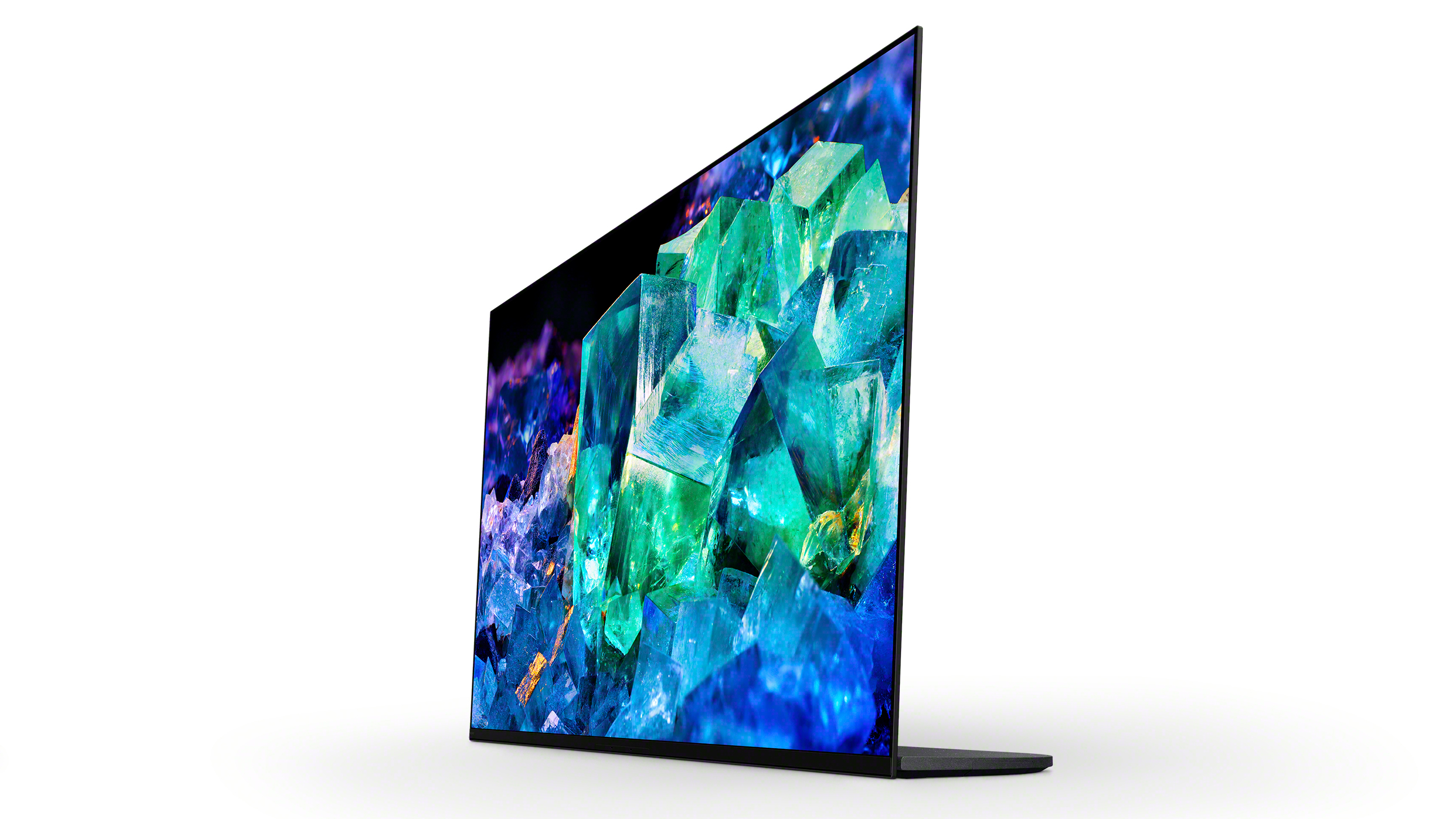
The idea behind QD or Quantum Dot OLED is to combine the strengths of traditional OLED and QLED displays, creating a hybrid capable of delivering brighter images and more saturated colours, while also retaining deep blacks, pixel-precise highlights, and wider viewing angles.
A QD-OLED panel is manufactured using multiple layers of a blue self-luminescent material, which has two benefits: it produces the strongest light output of the three primary colours, and by only using blue material to generate light it eliminates the issue of inconsistent decay.
In front of the blue self-luminescent layer is a QD filter that creates three sub-pixels for each pixel. There’s a blue sub-pixel composed of the original blue light, and red and green sub-pixels which are created using Quantum Dots. The result is a longer-lasting and more robust RGB OLED panel.
Quantum dots are more efficient than a regular filter, thus retaining more light energy and allowing a QD-OLED panel to produce brighter images and more precise colours. These displays are also capable of delivering up to 1,000 nits of peak brightness.
Who makes QD-OLED TVs?
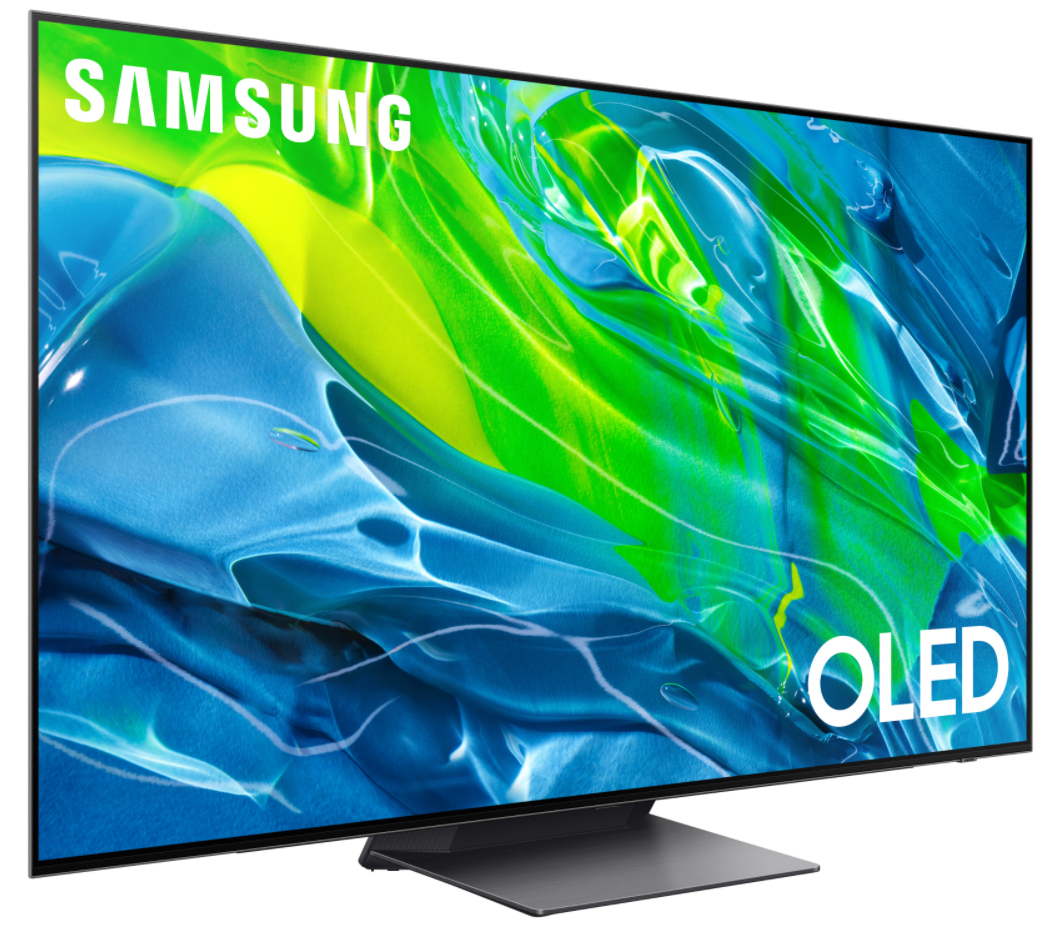
The primary manufacturer of QD-OLED panels is Samsung Display, and it’s these that are being used in the Samsung S95B and Sony A95K. That's an important change as it's not LG in control of this market, like it is with OLED panels.
TCL has also announced its own QD-OLED panel, called H-QLED, which uses a more efficient inkjet printing process to keep costs down. We're yet to see such panels in reality, though, so are uncertain on what the quality will be like.
The Samsung S95B comes in two screen sizes: the QE55S95B, which retails for £2,199; and the QE65S95B, which you can pick up for £3,199. The Sony A95K offers the same screen sizes, but is slightly more expensive, with the XR-55A95K costing £2,699, and XR-65A95K setting you back £3,499. Check the real-time price widget below for full current pricing info:

Steve Withers is a professional calibrator and freelance journalist who regularly contributes to T3, reviewing audio and video products, and writing articles. Steve has been writing about audio and video products for over ten years and, along with T3, he also contributes to TechRadar, Trusted Reviews, Expert Reviews, AVForums, Pocket-lint, Home Cinema Choice, and Wired. Steve is Level 2 certified with THX, the Imaging Science Foundation (ISF) and the Home Acoustics Alliance (HAA). As such, he remains abreast of all AV technology developments and the latest industry standards as we transition into a new era in home video and audio.